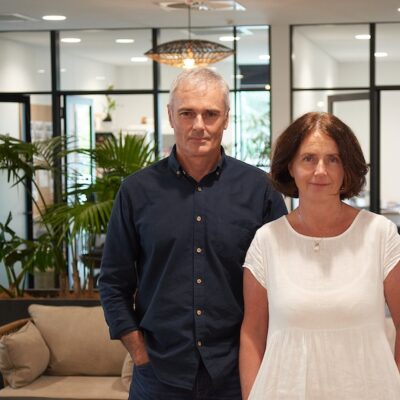Spark switches on long-range IoT network
New Zealand organisations wanting to jump on board the internet of things (IoT) now have a new network to plug into. Spark announced today that its long-range, low-power network is […]
New Zealand organisations wanting to jump on board the internet of things (IoT) now have a new network to plug into.
Spark announced today that its long-range, low-power network is now available for commercial use in 60 percent of the places New Zealanders live and work.*
This means businesses and local councils can use the network to connect to things like vehicles, waterways, machinery and carparks. Sensors on these objects are able to send information over the network to the people managing the objects. Commands can also be sent back to sensors, telling them when to kick in or the kind of information to report on. For example, the volume of rubbish in a public bin, or water pH in a stream.
Michael Stribling, Spark’s General Manager IoT Solutions, said, “Our IoT capability is really gathering pace, and now we’ve got this critical mass of coverage we’re able to make the network commercially available. This is a real milestone for Spark as we help New Zealand organisations win big in IoT.
“While we currently have 60 percent of rural and urban New Zealand covered, we’ll be working to extend that to 70 percent by July this year. We’re also looking to partner with organisations to extend coverage into areas where they need it.”
The network uses LoRaWAN™ technology, which carries small amounts of data over long distances, using less power than cellular networks. This makes it ideal for connecting objects far from power sources. For example, to monitor an outdoor carpark or an employee working in a remote area.
Compared to cellular connectivity, Spark’s new long-range network is an affordable IoT option. It works with a wide range of low-cost sensor technologies that are significantly cheaper on average than sensors for cellular networks.
The cost to use the network is based on the number of sensors connected, and the number of messages those sensors send each month. For example, a dairy farm in the Manawatu wanting an hourly update on the location and body temperature of its cows will pay up to $1.79 per cow each month for connectivity. Designed for scale, the cost per connection decreases as the number of sensors increases.
Cities to get ‘smarter’
Spark has been testing LoRaWAN™ technology on trial sites for well over a year, with partners from a range of industries, including agriculture, marine and smart buildings. Now that the network has been switched on, councils are looking at how it can enable them to operate and maintain key infrastructure in smarter ways.
Smartcities NZ, a local company offering smart city services, will look to utilise the new network for its smart outdoor lighting technology, amongst other solutions. This technology is now available to towns and cities throughout the country.






